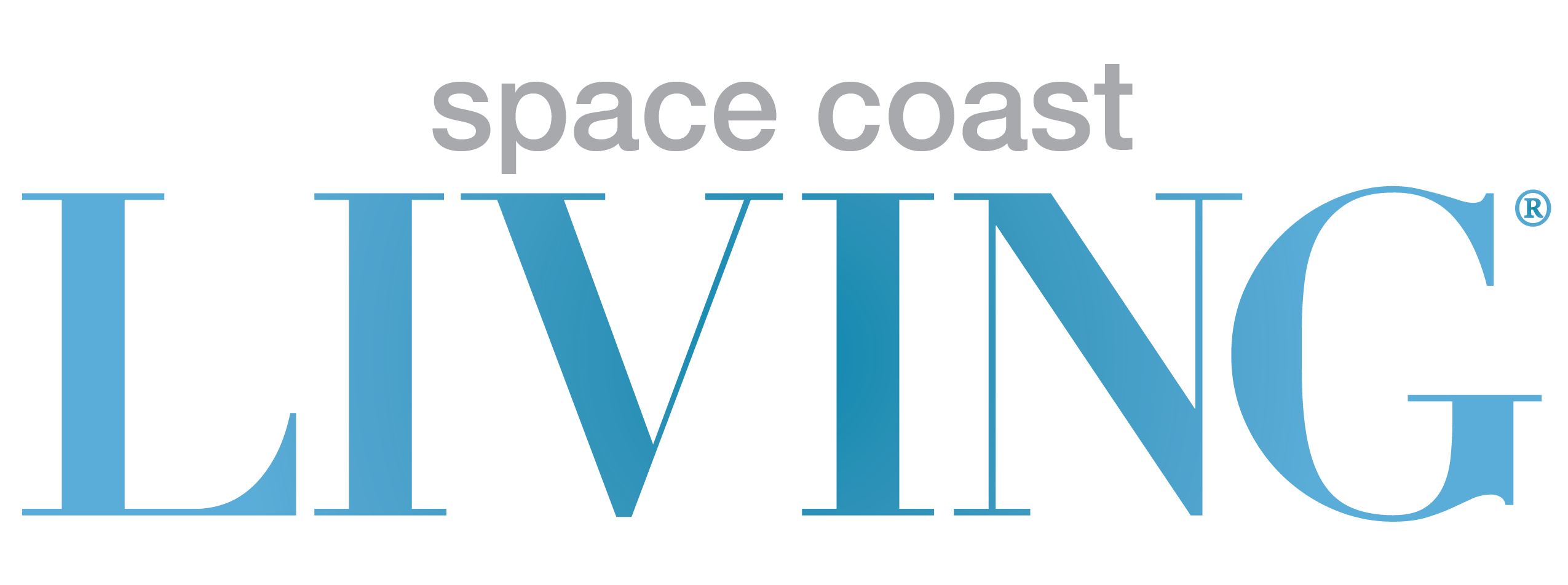
April is Child Abuse Awareness month and several local organizations are teaming up again to put a whimsical childhood symbol on display to increase recognition for children and families. The Pinwheels for Prevention campaign is a national movement designed to create a community-wide commitment to healthy child development. Brevard C.A.R.E.S. believes all families deserve to live in communities that have resources to support families and provide safe and healthy experiences for children. To draw attention to and encourage involvement in these efforts, communities display pinwheels promoting individual action to make children a priority.
Child abuse is more than bruises and broken bones. While physical abuse might be the most visible, other types of abuse, such as emotional abuse and neglect, also leave deep, lasting scars. The earlier abused children get help, the greater chance they have to heal and break the cycle—rather than perpetuate it.
Brevard C.A.R.E.S. helps families in crisis. The organization works with families in their homes, schools, and in the community through the use of Wraparound. What makes Wraparound different from other case management services is that it supports and encourages families through the joint efforts of the professionals who may be working with the family (counselors, teachers, case managers) and individuals socially involved in the families lives (friends, family, coaches.) Brevard C.A.R.E.S. helps a family develop their own team, this team shares responsibility and ownership while creating a plan to help the family reach their goals. “What’s great about the process used in the Wraparound intervention is that it provides families with natural supports that help them develop and implement plans to ensure their stability, long term sustainability, and the health and welfare of their children,” said Phebe Powell, executive director of Brevard C.A.R.E.S.
There are a lot of misconceptions about child abuse and neglect.
Myth: Abused and neglected children almost always come from poor, minority or inner-city families.
Reality: There is no evidence that links socioeconomic status, race, or educational levels to abuse or neglect. Child abuse occurs within every neighborhood and school community across the country.
Myth: If children don’t witness family violence they are not affected by it.
Reality: Children can sense what is going on in the home no matter the age, they may hear arguing and see the harm to people or property and are emotionally and psychologically affected by the behaviors of violent adults.
Myth: Children with disabilities are less likely to become victims of abuse than children without disabilities.
Reality: Children with disabilities are at significantly increased risk of abuse than those without disabilities. Research shows that they are 3.4 times more likely to be abused than children without disabilities.
Myth: Remove a child from the adults who abuse him or her and you have solved the problem.
Reality: It may be necessary to remove a child from his or her parents in time of crisis to ensure his or her safety. Removing a child from his or her parents can have significant emotional effects. The goal should be to return the child to his or her parents or other family members when safety can be assured.
If you suspect abuse call the Florida Abuse Hotline at 1-800-962-2873
There is plenty that any individual can do to prevent child abuse and strengthen families.
10 WAYS TO HELP
There is so much that individuals can do to prevent child abuse and strengthen families. Here are 10 things that everyone can do.
- Volunteer your time. Get involved with other parents in your community. Help vulnerable children and their families. Start a playgroup, offer to watch a single mom’s children for an hour or two to give her a break, mentor a child, bring a meal to a family in need.
- Discipline your children thoughtfully. Never discipline your child when you are upset. Give yourself time to calm down. Remember that discipline is a way to teach your child. Use privileges to encourage good behavior and time-outs to help your child regain control.
- Examine your behavior. Abuse is not just physical. Both words and actions can inflict deep, lasting wounds. Be a nurturing parent. Use your actions to show children and other adults that conflicts can be settled without hitting or yelling.
- Educate yourself and others. Simple support for children and parents can be the best way to prevent child abuse. After-school activities, parent education classes, mentoring programs, and respite care are some of the many ways to keep children safe from harm. Be a voice in support of these efforts in your community.
- Teach children their rights. When children are taught they are special and have the right to be safe, they are less likely to think abuse is their fault, and more likely to report an offender.
- Support prevention programs, like Brevard C.A.R.E.S. Too often, intervention occurs only after abuse is reported. Greater investments are needed in programs that have been proven to stop the abuse before it occurs.
- Know what child abuse is. Physical and sexual abuse clearly constitute maltreatment, but so does neglect, or the failure of parents or other caregivers to provide a child with needed food, clothing, and care. Children can also be emotionally abused when they are rejected, berated, or continuously isolated.
- Know the signs. Unexplained injuries aren’t the only signs of abuse. Depression, fear of a certain adult, difficulty trusting others or making friends, sudden changes in eating or sleeping patterns, inappropriate sexual behavior, poor hygiene, secrecy, and hostility are often signs of family problems and may indicate a child is being neglected or physically, sexually, or emotionally abused.
- Report abuse. If you witness a child being harmed or see evidence of abuse, make a report to your state’s child protective services department or local police. When talking to a child about abuse, listen carefully, assure the child that he or she did the right thing by telling an adult, and affirm that he or she is not responsible for what happened.
- Invest in kids. Encourage leaders in the community to be supportive of children and families. Ask employers to provide family-friendly work environments. Ask your local and national lawmakers to support legislation and funding to better protect our children and to improve their lives.




